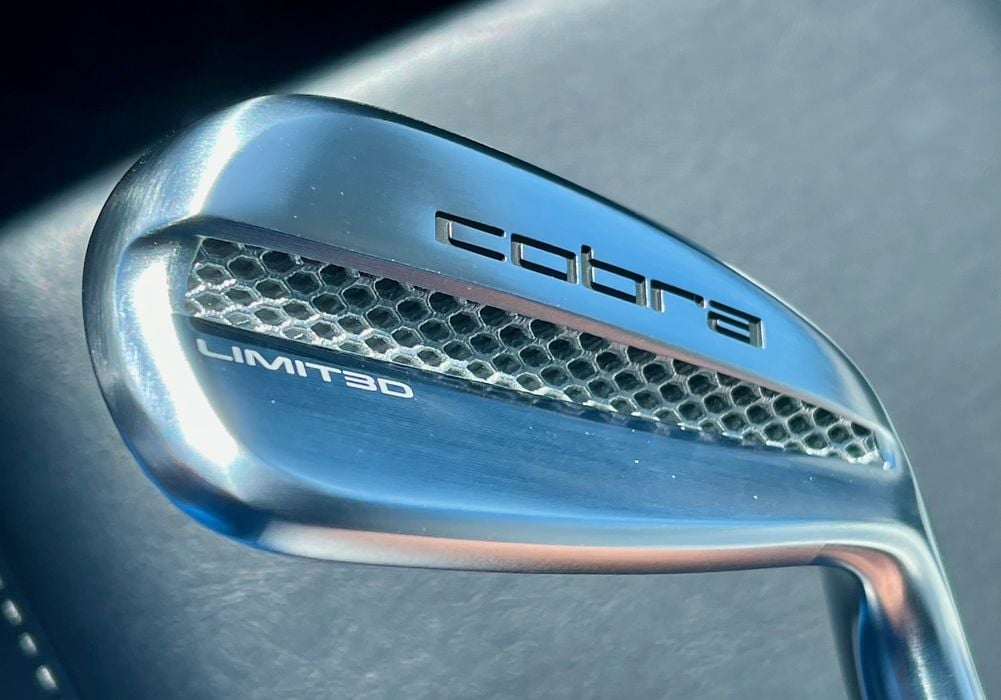
We tested Cobra’s new 3D printed golf club, the Cobra LIMIT3D.
Cobra’s new club has a head that’s 3D printed. It appears quite similar to a regular club, except that there is a curious lattice pattern visible on one side.
Cobra offered us the metal 3D printed 7-iron for a test, but not being a golfer, I was quite limited what I could evaluate. I then realized I had a friend that operated a golf studio, Avid Golf, that could help.
A golf studio uses simulators to precisely measure the performance of a golf swing. The golfers set up in booths with a simulated view of a hole, and take a swing. The system then tracks the ball trajectory and computes what would happen on a real course. Avid Golf explains:
“Whatever your carry distance with a driver, whatever spin you expect to see on a wedge, whatever out-of-bounds slice you might be occasionally hitting…you should EXPECT to see the same thing at AVID GOLF.
The Foresight Sports GC Hawk – is the golf simulator used by the majority of PGA Tour professionals and PGA certified golf coaches.”
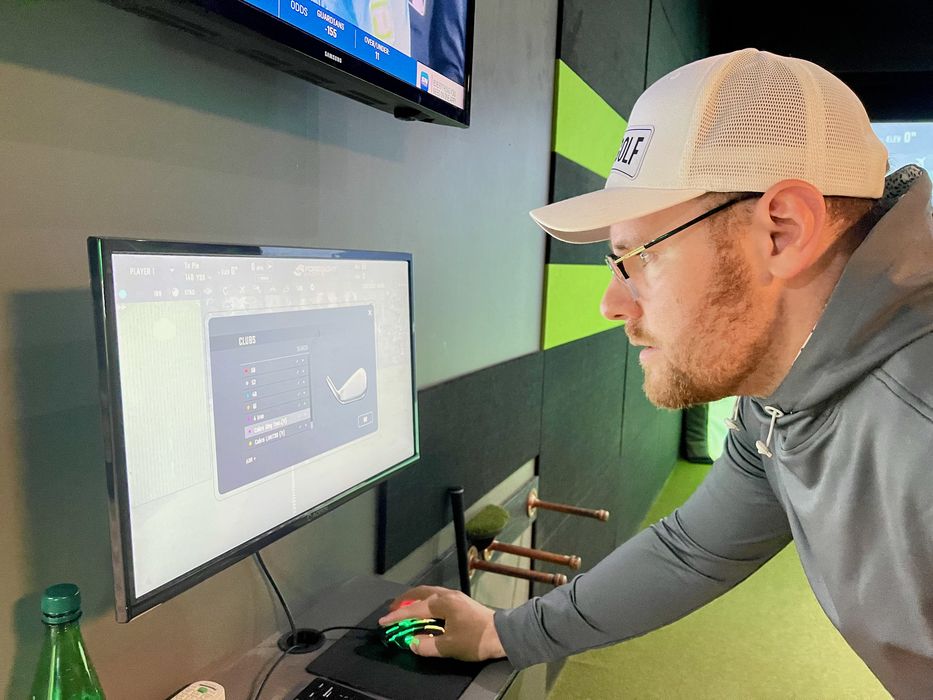
I felt this could be a good opportunity to test the club, but what would we compare it with? Cobra arranged to have a very similar — but not 3D printed — alternative club sent to perform that role. We received the Cobra King Tour 7-iron and were ready for testing.
Two experienced players took numerous hits on both clubs, and the Foresight system captured all the data. After tossing out the occasional flub, we looked at the data provided by the system.
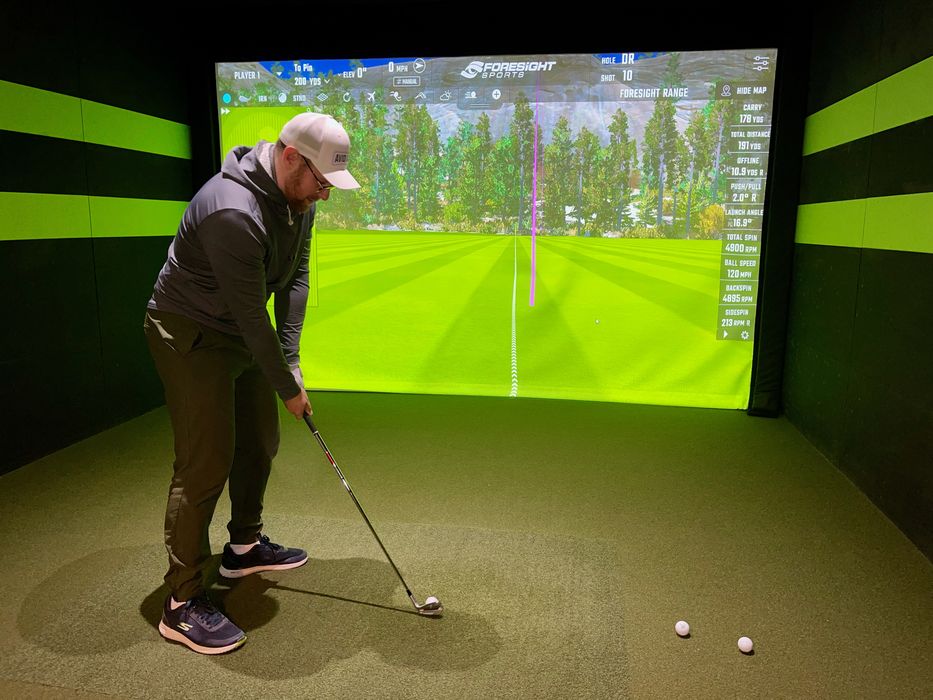
We found that player 1 tended to hit the ball one yard longer and 1 mph higher with the 3D printed club, but player 2 tended to hit three yards less with 3 mph less speed. From this, we concluded the speed and distance measures were inconclusive between the two clubs.
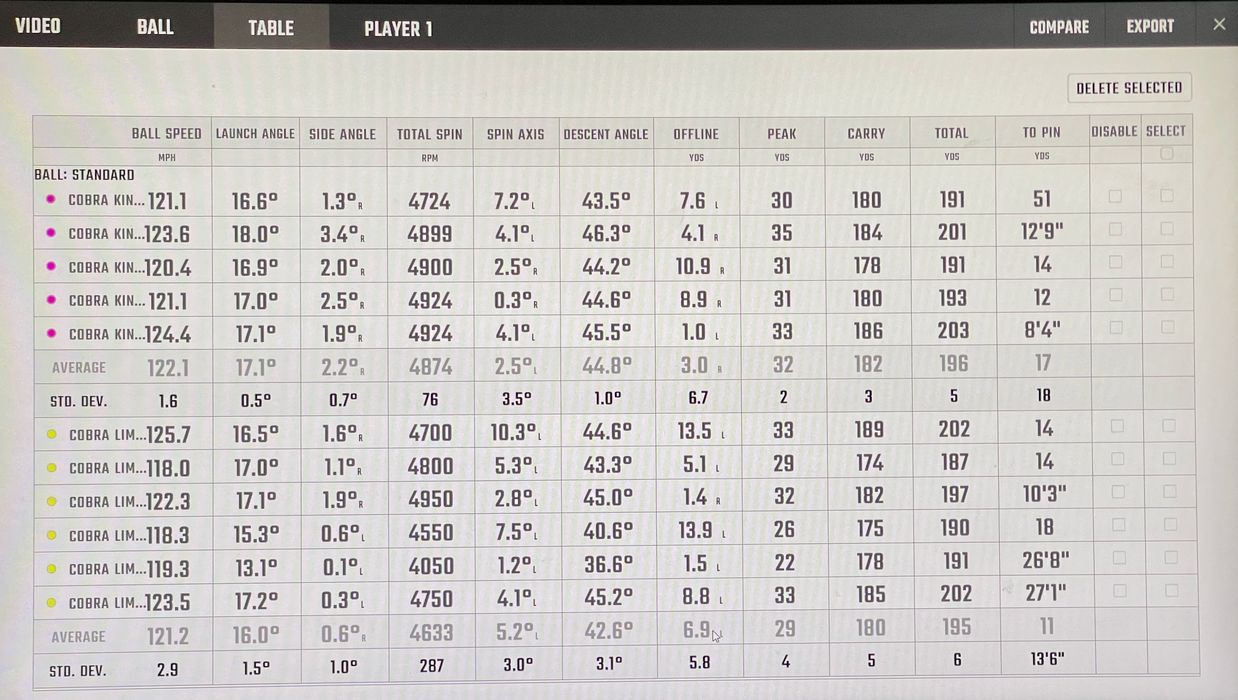
When we looked at the standard deviation statistics from the two players, we found that there was very slightly less variability when using the non-3D printed club. Avid Golf CEO Luc Bohunicky explained:
“Although inconclusive, the data DOES sort of suggest there is less variability of carry distance & total distance with the King Tour iron, as compared with the 3D printed club. This can be seen in the standard deviation. In other words, from shortest shots to furthest shots, there was a tighter average range in distance with the NON-3D printed club.”
Nevertheless, the numerical stats were all very close and it seems that there is not a significant performance difference between the two clubs.
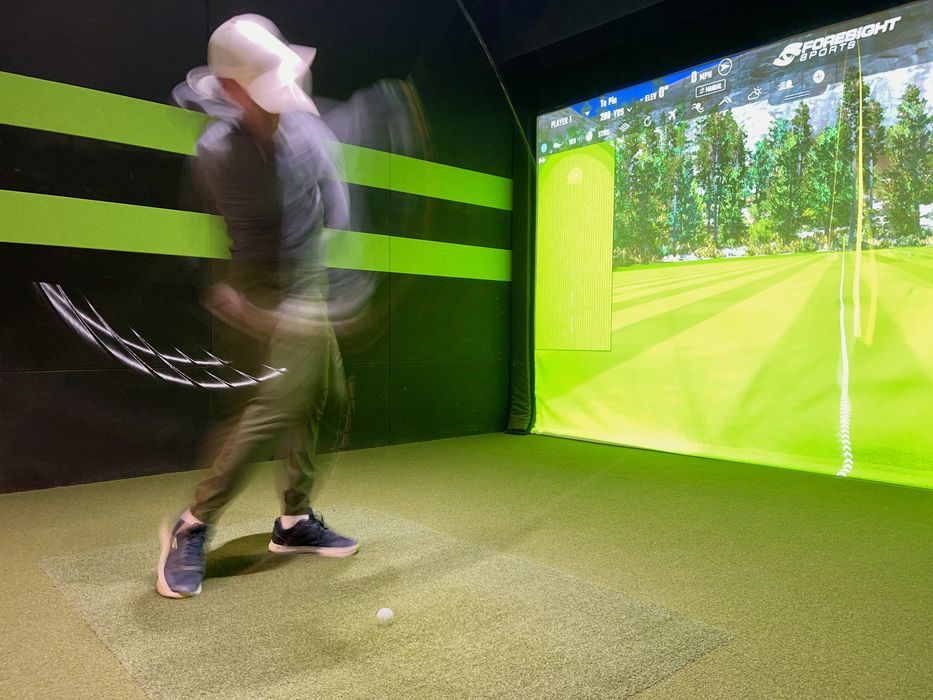
In addition to the quantitative data for the two players, a larger number of other players also tested the clubs. The qualitative findings:
- Despite stats for player 2 all pointing away from the 3D printed iron, player 2 thought the 3D printed iron felt BETTER to hit
- The feel of the 3D printed iron was impressive, it felt easy to hit, the sound was fantastic, and even the “look” was preferred by golfers
- All golfers agreed that the 3D printed club felt fantastic
- All golfers agreed that the look & feel of the 3D printed club lent itself to feelings of “forgiveness.” For most golfers in the world, who aren’t tour pros, we’re all searching for forgiveness, because we’re not perfect ball-strikers!
The bottom line from Bohunicky:
“Inconclusive difference, but the feeling was awesome.”
If the 3D printed club were priced not substantially more than the conventional club, then Cobra might have a winner here.
